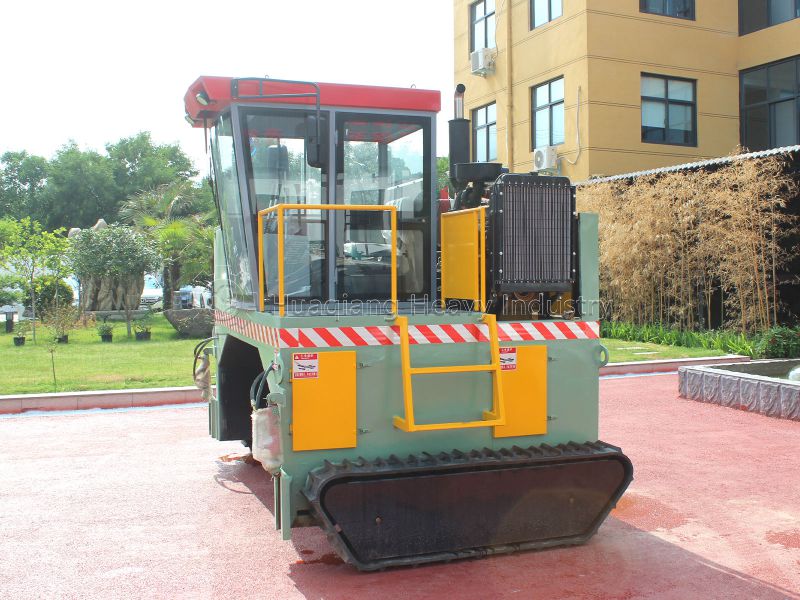The journey from organic waste to high-efficiency fertilizer
The bio-organic fertilizer production line utilizes organic waste such as livestock and poultry manure, straw, and mushroom residue as raw materials. Through microbial fermentation technology, it recycles resources and produces fertilizer rich in active bacteria and organic matter. Bio-organic fertilizer production lines serve as a vital link between the livestock and poultry industry, the agricultural industry, and the environmental protection industry.
Raw material pretreatment is a fundamental step. It requires crushing and screening the organic waste to remove impurities and ensure a uniform particle size (approximately 80 mesh). Auxiliary materials are then added to adjust the carbon-nitrogen ratio (25-30:1) and humidity (55%-65%) to create a suitable environment for microbial growth. This phase then enters the inoculation and fermentation stage, where specialized microbial agents are added to the mixture. A compost turning machine regularly turns the compost to provide oxygen, maintaining a temperature of 55-65°C. Composting continues for 20-30 days, effectively killing pathogens and insect eggs and breaking down large organic molecules.
The fermented material undergoes post-processing to optimize quality. First, it undergoes low-temperature drying to reduce moisture to below 12% to prevent mold and mildew during storage. It then undergoes crushing, screening, and grading, with unqualified particles returned to the pre-processing stage for recycling. Finally, functional microbial agents can be optionally added to the mix to enhance the bioactivity of the fertilizer, depending on crop needs. The resulting pellets are uniform and rich in humic acid, amino acids, and a variety of beneficial bacteria, providing nutrients for crops while also improving the soil microbial ecosystem.

